3 Exercise to Develop Rotational Power in Baseball Players
Rotational ability is one of the key components in transferring power from the lower half and core towards either the catcher (pitching) or ball (hitting). Developing proficiency in this area will help further progress the efficiency of a complete power transfer from the lower to upper half in either movement. In addition, rotational power in the hips can only be maximized if the upper back is adequately able to rotate at the same velocity with the same power.
I this article, I will break down the importance of rotational power related to both hitting and pitching, along with a three-exercise progression to not only develop better and more efficient rotational ability, but proficiency in weight transfer and additional power development.
The Role of The Core and Thoracic Spine in Baseball
The core is essential for generating and transferring force during the powerful and asymmetrical movements that take place in baseball. For this discussion we are going to define the core as: the abdominals, the erectors (muscles that run parallel to the spine), the pelvic floor, and the hips (the glutes, groin muscles, and hip flexor muscles).
When throwing a pitch, the core muscles maintain stability of the low back and hips allowing force generated through the legs to be transferred through the core to shoulder complex and ultimately to the ball.
This transfer of force takes place in less than 0.2 seconds!
The core is essential to maintaining proper mechanics through all phases of delivering a pitch. Any imbalances in flexibility, strength, or coordination at that high rate of speed can lead to decreased performance and injury.”
We must also acknowledge the role of the thoracic spine in conjunction with the core.
After force is transferred from the lower half to the upper half and shoulders via the core, the thoracic spine (mid back), must be able to rotate and the hips able to clear in order to square the body to both the target when throwing or the ball when swinging.
Lack of rotational power can severely limit velocity potential and swinging power. An extremely strong base at the legs or shoulder may not see full potential utilized if a player cannot rotate at a similar rate.
The Planes of Motion Involved in a Swing or Throw
Many people would state that a pitching delivery or swing is performed in the transverse plane (the plane which involves rotation).
While that is correct, I like to break down these movements in two phases because there are movements that take place prior to the rotation that occurs. As a result, I like to explain each motion as a frontal plane movement followed by a rotation (transverse plane).
Frontal Plane
The frontal plane divides the body into the anterior (front) and posterior (back). As such, any movements occurring along this divide, or laterally, are performed in this plane.
The frontal component of each movement takes places during the loading and stride (towards home plate as a pitcher or towards the ball as a batter). Therefore, lateral power is equally important to develop in addition to rotational ability (I will get to this at another time).
Transition to Transverse Plane
For the sake of this article this is the more important plane to highlight. After weight is transferred from the back leg towards the target via a frontal plane movement, rotation then takes place to square the shoulders and transfer all energy in the desired direction.
This rotation takes place as a batter simultaneously brings their hands towards the ball to swing or a pitcher brings their arm around to deliver a pitch. This is where the importance of thoracic rotation ability and power take place.
Three Exercise Progressions to Develop Rotational Power
The following exercises progress from simple thoracic rotational focus to then include both frontal and transverse movements with a weight transfer, and lastly a more advanced progression that builds excess power prior to the movement.
Sledgehammer Swings
It is important to do these with your feet perfectly squared so that you experience full thoracic rotation.
Start the sledgehammer at your waist with your arms extended and fully rotate around towards one side before bringing your arms back around and rotating back to a squared position while simultaneously slamming the hammer.
Figure 8 Medicine Ball Slams
These are performed in a lateral position and involve a front leg to back leg weight shift prior to rotation and slamming. Thus, it involves both planes of movement.
Counter Movement Figure 8 Medicine Ball Slams
This final progression involves a build of additional power via kinetic energy build up (the forward and backwards hop). Perform the traditional figure 8 medicine ball slam and include a quick front to back hop prior to rotating and slamming.
Try these 3 drills to develop your rotational power to develop more effective swing or pitching mechanics.
Gerry DeFilippo
Latest posts by Gerry DeFilippo (see all)
- 3 Exercise to Develop Rotational Power in Baseball Players - February 20, 2018
- Why The 60-Yard Dash Is A Poor Way To Test Baseball Speed - December 19, 2017
- 4 Pressing Exercise Variations For Baseball Players - December 5, 2017

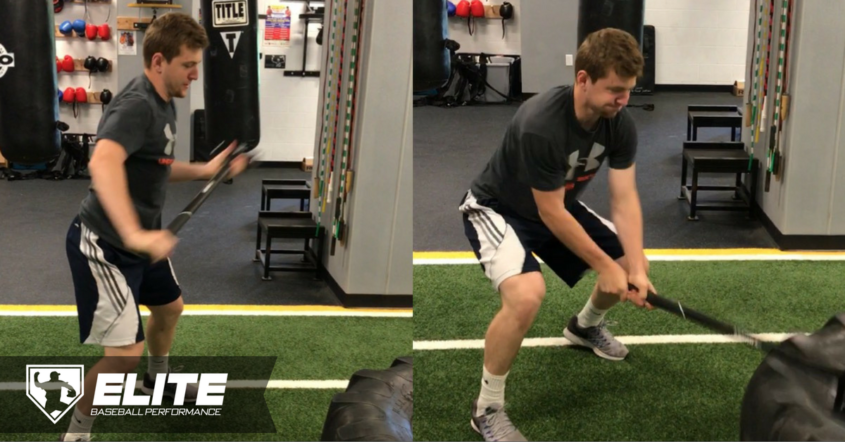

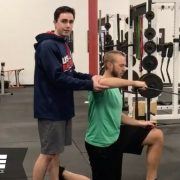
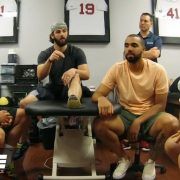
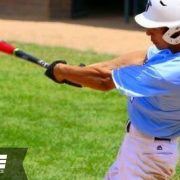
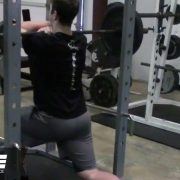
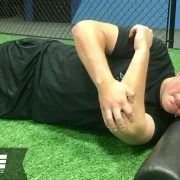
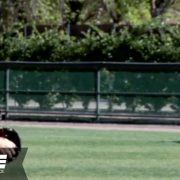


Leave a Reply
Want to join the discussion?Feel free to contribute!